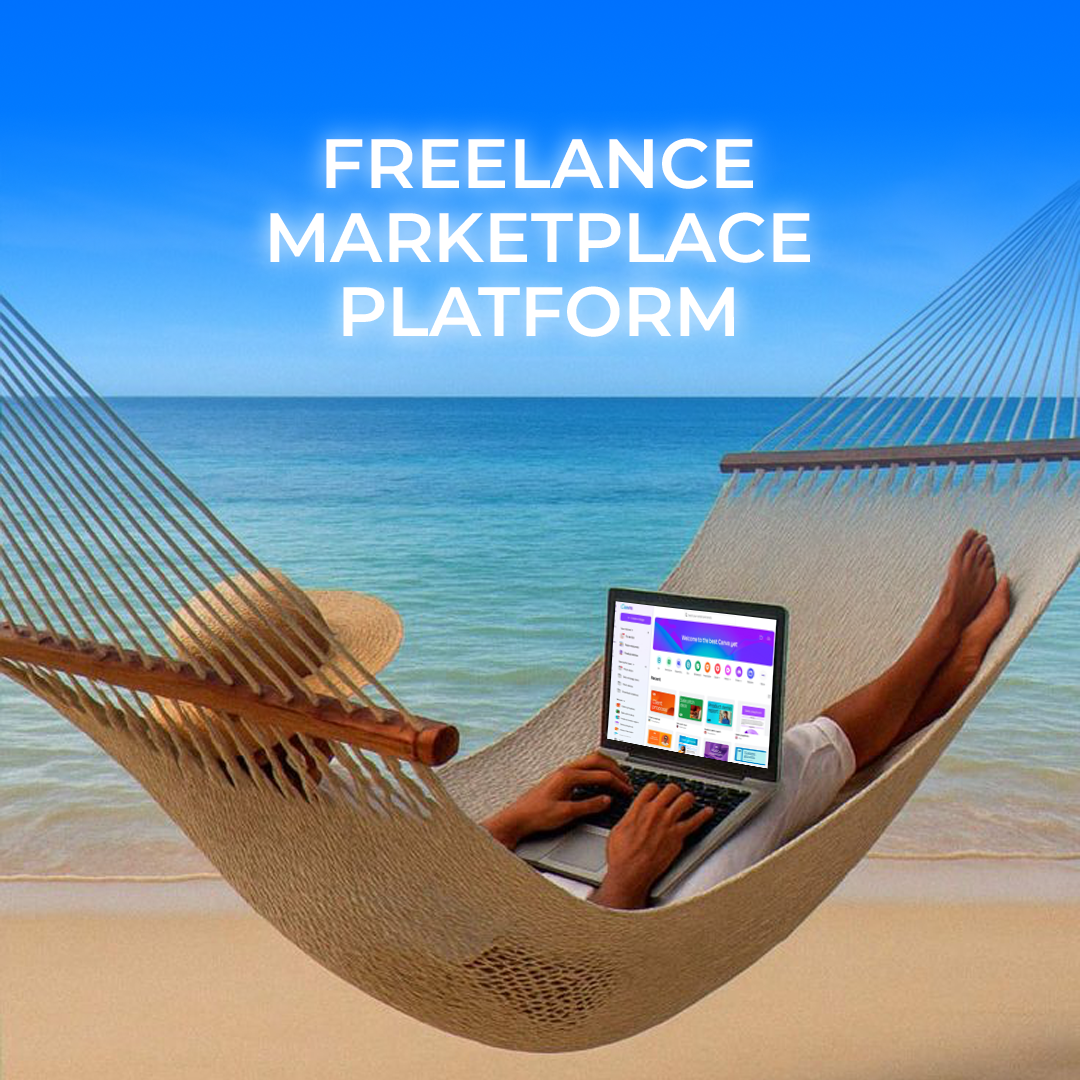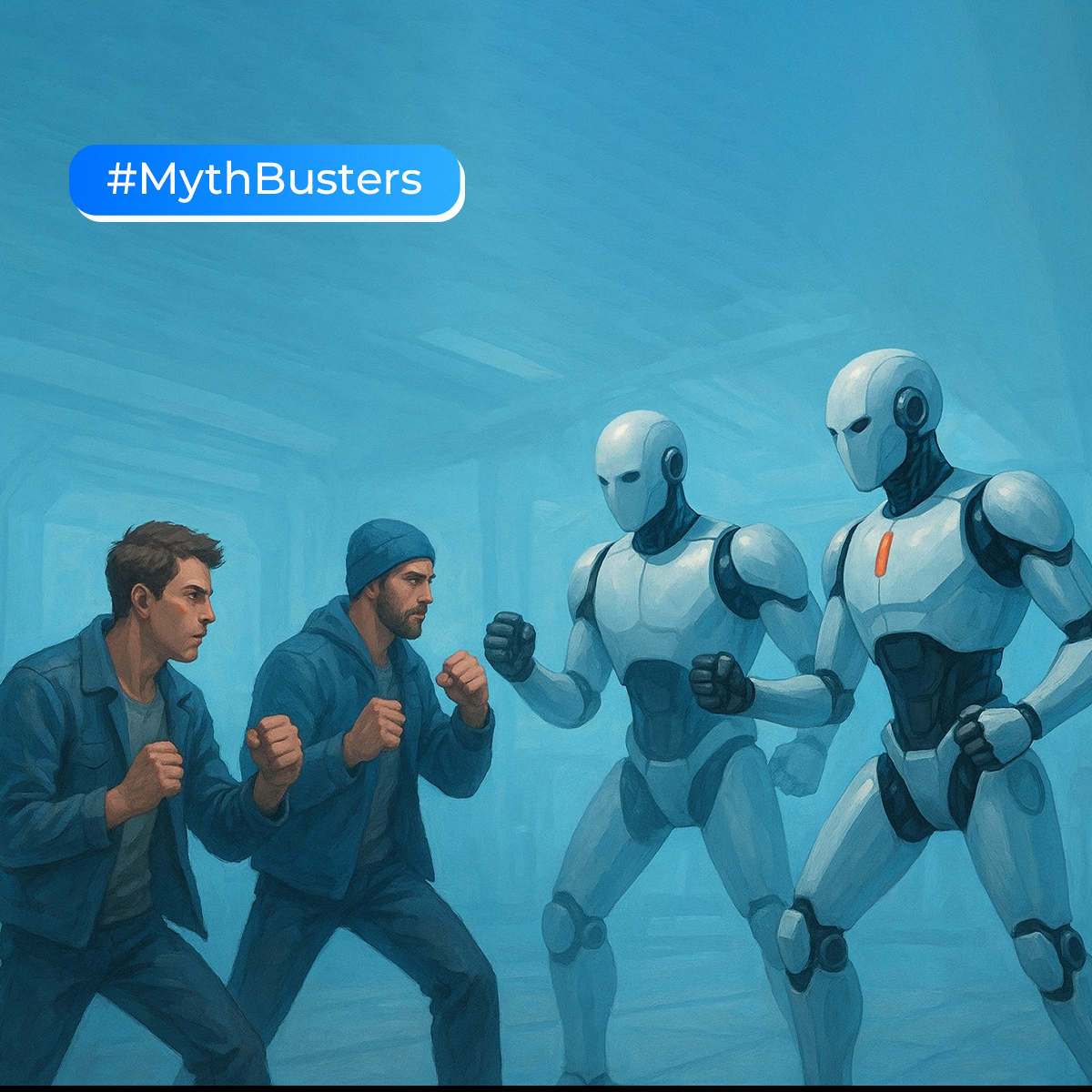You find the tool you need. No license fee. No contracts. You get it in seconds. Feels like winning: no invoice and time saved.
But that “free” is just the beginning. The real deal comes later. The bill is often heavier than you calculated.
Where the cost hides
Support.
Open source rarely fits your setup perfectly. You build adapters and extra modules. The open source maintainer might stop updating. The community goes quiet. Your system leans on a piece of code no one is watching. You either rip it out. This means rewriting. Otherwise, keep it alive yourself. You have to hire people to dig through someone else’s logic. Either way, it’s a drain.
Security.
For example, Equifax left one Apache Struts flaw unpatched in 2017. That single oversight exposed the data of 147 million people. The settlement: $700 million. The framework was free. The mistake was expensive.
Lock-in, open source edition.
Some projects keep the good stuff for paying customers. You start with the free version, build your system around it, and then you’re stuck when they move features behind a paywall. Elasticsearch did this. MongoDB changed its license to push big cloud providers into contracts
Cost of adoption representation:
Open-source projects are spread out as “free” which can create a false impression of the true cost of adoption.
- “Free” as a Marketing strategy: Companies may understate costs associated with implementation and maintenance of the open course technology. It is leading to budget overflows and project delays.
- Focus on Licensing Fees: Some companies only consider the licensing fees associated with the software. They don’t consider when the other costs associated with open-source adoption when evaluating expanses.
How giants pay for “free”
Google doesn’t just “use” Kubernetes — it funds it. Millions in salaries, testing, and upgrades keep it alive. Quality would decrease without that.
Netflix streams through open tools but built Open Connect. It is a global delivery network costing over $1 billion and 8,000 servers. They keep whole teams to make sure downtime and lost subscribers stay near zero.
Tesla runs Linux under the GPL. That license demands they release any changes. They faced compliance disputes, which meant audits and engineering work to clean up the code.
Free to download. Costly to own.
When is it better to avoid open source
- Critical business segments: accounting, security, private database.
- Regulated sectors: Finance, Medicine, Defence — every component must be certified and traceable.
- Products with long lifespans: industrial machines, embedded systems.
When it’s fine
- Prototypes and experiments.
- Code that is easy to swap out.
- Quick solutions, such as coding teams.
Open source can move deadlines and cut costs. But “free” applies only to the download button. The real choice isn’t free vs. paid — it’s risky vs. safe.




